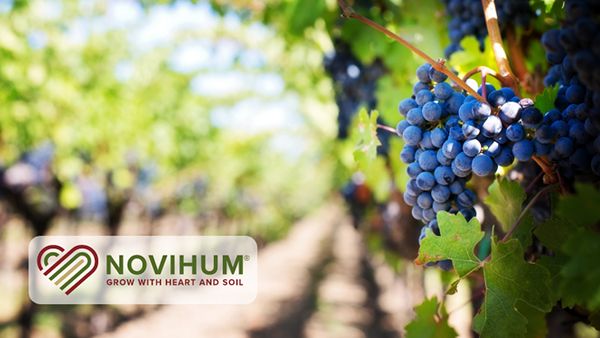Potato Pointers
While the middle of the winter seems like a good time to kick back and think about anything but planting potatoes, it is the time of year when growers are making their seed potato decisions for the coming season. Most will cut, treat, and plant their seed tubers as usual.
Others, especially those in high risk areas, may want to consider using whole seed tubers. After many in-depth discussions with seed and commercial producers about the use of uncut seed tubers, I have come to the conclusion that there are pros and cons associated with both cut and uncut seed, but there are a number of “special circumstances” wherein the growers involved may want to consider using single-drop seed rather than cut seed pieces.
Controlling Disease
One of the most compelling reasons for any grower to choose uncut seed over cut seed pieces is that using whole seed is the best method to control bacterial soft rot seed decay. Caused by bacteria in the genus Pectobacterium (formerly known as Erwinia), soft rot is the most frequent cause of seed piece decay and the subsequent blackleg and stand loss that usually follows. It is possible to get excellent soft rot management by cutting and healing seed prior to planting, but this procedure involves more handling of the seed tubers, high-quality storage facilities, and is not without risks of its own.
If conditions are favorable for soft rot development during or shortly after planting, soft rot can become a serious problem. In many parts of the country such “special circumstances” are all but guaranteed for many producers. Soft rot seed decay is favored by waterlogged conditions because the bacteria involved are capable of rotting seed, whether there is oxygen present or not.
Soft rot bacteria take advantage of the large areas of wounded tissues that are created during the cutting process. Fortunately, a wound barrier that will protect the freshly wounded tissues from soft rot usually forms within 48 to 72 hours, but wet, soggy, anaerobic conditions not only favor the bacteria, these conditions can retard or even prevent wound healing, further extending the time that cut seed is vulnerable. Whole, uncut seed can help your potato crop get through these unfavorable conditions.
Should you use a seed treatment on single-drop seed? Yes. I recommend using seed treatments on single-drop seed because there are several seedborne diseases that are associated with the periderm (skin) of the tuber and are not related to the cutting process. Two of the most important of these diseases are Rhizoctonia stem canker/black scurf (Rhizoctonia solani) and silver scurf (Helminthosporium solani).
These two disease problems are especially important to fresh producers who are concerned about the appearance of their potatoes. As the industry moves toward more and more specialty varieties selected by the consumer on appearance, these diseases will remain important and worth treating.
Another segment of the potato industry that falls under our “special circumstances” category and could benefit from the use of single-drop seed is organic producers. With only a limited list of materials that can be used on seed pieces, single-drop seed, with its inherent ability to resist soft rot seed decay, would seem to make good sense. Call it “built in” disease resistance.
In closing, I don’t mean to suggest that single-drop seed won’t ever rot. If conditions remain favorable for decay for long enough, even single drop will succumb to decay, but it is much more resistant than freshly cut seed. For the vast majority of potato producers in the U.S., cutting tubers to make seed pieces will remain the most economical and sensible method for them to use. For organic producers or growers who produce in areas where soft rot seed decay is a frequent problem, single-drop seed provides the best available protection from soft rot seed decay.










